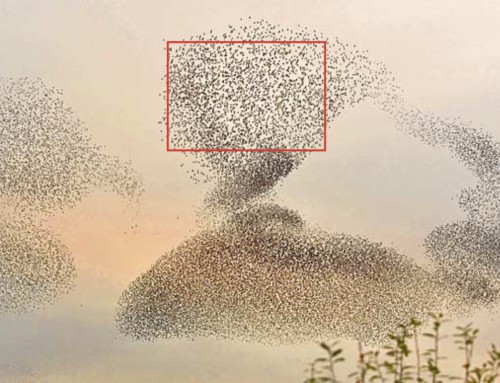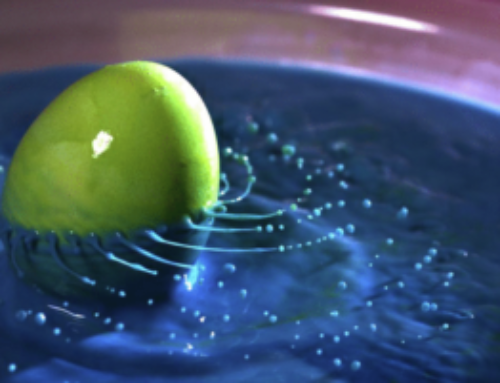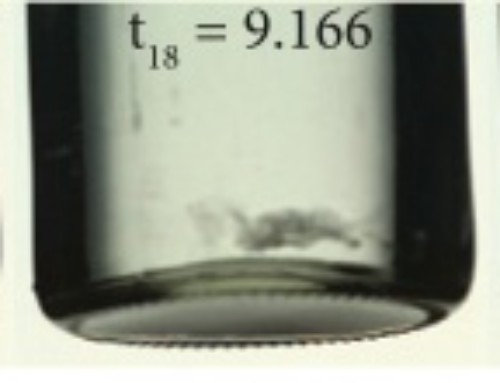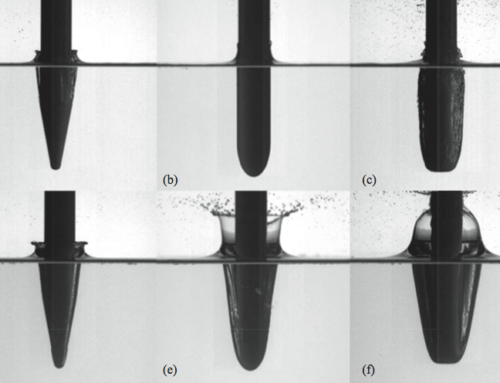We are happy to announce that our 3D flow fields around a flapping toy and moth is now published in Experiments in Fluids. This work demonstrates the marriage of data from our SAPIV system, wherein we combine, force, flow field, and position measurements synchronously. The velocity fields presented for the free flying butterfly have limited spatial resolution; however, leading edge vortices (LEV) and trailing edge vortices (TEV) can be seen during the downstroke of the butterfly. The results show that SAPIV has potential as a flow analysis tool to obtain whole-field, time-resolved velocities surrounding freely flying insects. The results of a tethered mechanical flapper focus mainly on the LEV and TEV through an entire flapping cycle. The results are compared to velocity measurements taken using traditional PIV techniques. Additionally, force measurements of the lift and thrust generated by the mechanical flap- per are compared with the calculated forces from the measured velocity data and circulation in the flow field. The reconstructed visual hull of the butterfly and mechanical flapper is also discussed.
For more videos visit: https://splashlab.org/2012/09/17/flapping-flight/
Lift and thrust measurements taken using a single-axis load cell as well as positive (red) and negative (blue) circulation ? calculated from the SAPIV data. The plots represent one flapping period, forces were ensemble averaged over 55 flapping periods (average net lift = 0.014 N and average net thrust 0.084 N). The 95% error for the lift and thrust measurements is on the order of the size of the markers. A graphic of the MAV wing shows the LEV and TEV locations and direction for each stroke.








